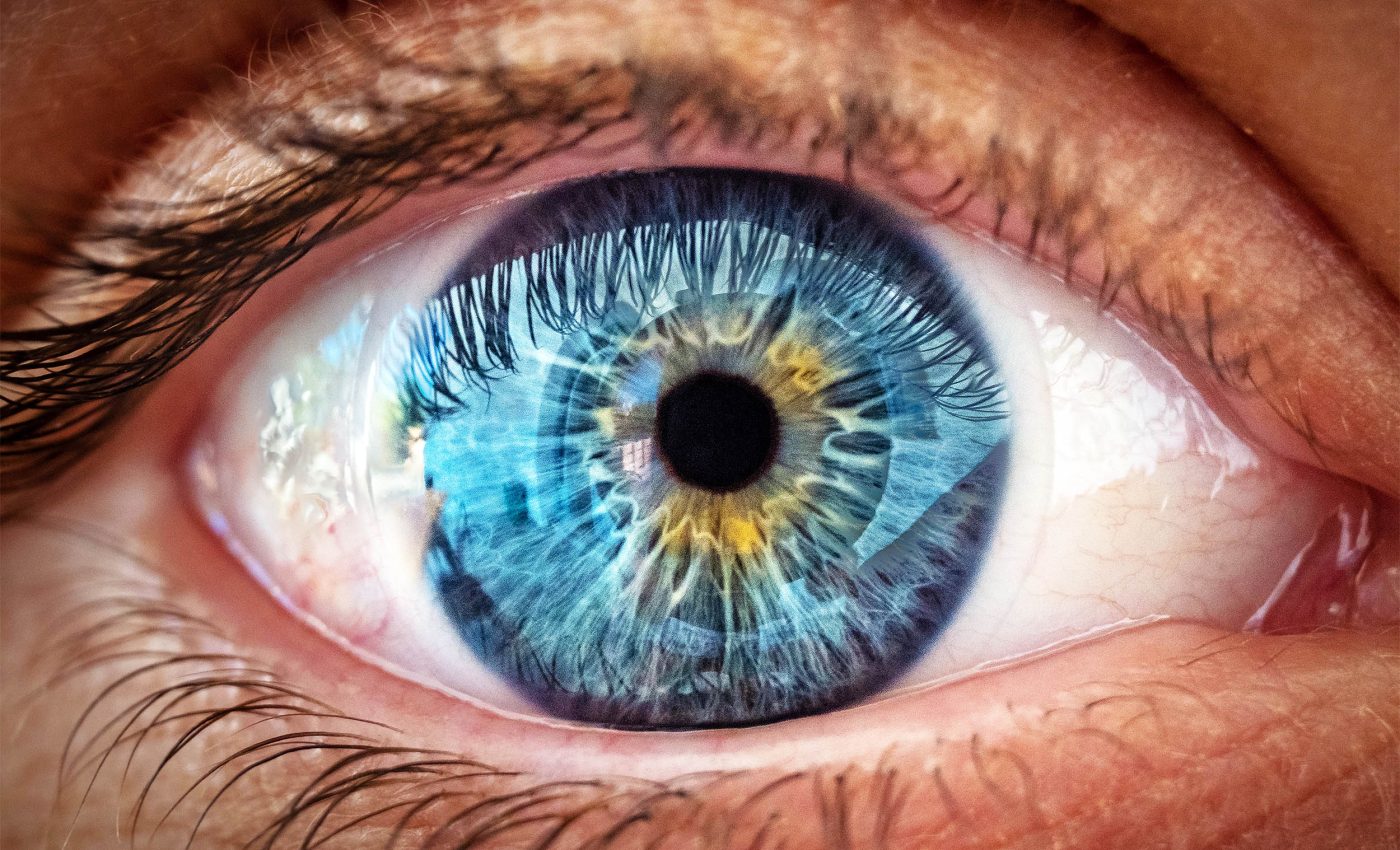
Your eyes can reveal the onset of dementia up to 12 years in advance, according to research
Your eyes do more than show your brain what’s happening in the world around you. They also reveal how well your brain may fare in the years ahead, including whether or not you might develop dementia.
A long‑running study of 8,623 adults has found that a subtle slowdown in detecting a faint triangle on a computer screen can hint at Alzheimer’s disease up to 12 years before diagnosis.
Lead author Eef Hogervorst of Loughborough University says the simple test “could slot into routine checkups without adding a single drop of blood.”
Vision timing signals brain trouble
Participants pressed a button when they spotted a triangle drifting amid random dots. Those who later developed dementia needed roughly two extra seconds – a gap large enough to raise their future risk by 56 percent.
The task measures visual processing speed, the time the brain takes to register and respond to a stimulus. Sluggish scores predicted dementia even after researchers adjusted for age, education, and cardiovascular health.
“Visual sensitivity is related to memory performance,” noted Hogervorst. She adds that eyesight often declines quietly, leaving people unaware until memory falters.
A similar pattern appeared in an independent analysis showing that early amyloid plaques disrupt visual signals before memory centers suffer. Taken together, the findings suggest eye‑based tests could extend the warning window for preventive care.
Eyes offer dementia warning
The retina is an outgrowth of the brain, so toxic proteins can accumulate there first. Researchers now examine retinal layers for thinning, abnormal blood vessels, and microscopic deposits that mirror cerebral changes.
Damage often begins in the occipital cortex, the region that deciphers vision, before spreading to the hippocampus. That makes contrast sensitivity, color discrimination, and motion detection early casualties.
People with Alzheimer’s also struggle to ignore distractions. “These problems could increase the risk of driving accidents,” warned Thom Wilcockson, a psychologist at Loughborough University.
Eye-tracking research confirms the concern, showing that older drivers with dementia exhibit erratic saccades, longer fixations, and reduced scanning range – all linked to crash risk.
What slowing detection really means
Spotting a shape on a screen sounds trivial, yet it taps fast neural circuits shared with memory. When those circuits lag, forgetting names and appointments may follow.
The Norfolk data showed the triangle test remained significant after standard memory exams were considered. In clinics, combining both could improve accuracy while saving time and cost.
Slower vision also correlates with trouble recognizing faces, a social cue often missed in early dementia. Patients skim past eyes and mouths, failing to “imprint” new acquaintances and later feeling lost in familiar rooms.
Several groups are testing whether directed eye exercises can sharpen recall. Early trials of rapid left‑right movements report modest gains, though results remain mixed.
Smartphones join dementia fight
High‑grade eye trackers once cost thousands of dollars. A California team has squeezed similar optics into a smartphone app that uses the front‑facing infrared camera to measure pupil changes.
The prototype walks users through a brief pupil dilation task, then uploads data for cloud analysis. Engineers hope the approach will let families monitor brain health between clinic visits.
Consumer wearables are also inching closer. Some virtual‑reality headsets already track gaze direction at millisecond resolution, offering another route for large‑scale screening.
Still, technology alone is not enough. Experts stress the need for clear guidelines to avoid false alarms and protect privacy.
Fight dementia with eye health
Lifestyle counts, too. A 14‑year study of almost 2,000 older adults found those who read at least once a week cut cognitive decline odds by nearly half.
Reading, watching subtitles, or knitting forces the eyes to dart and refocus, a workout for neural networks. Longer education and regular exercise add extra cognitive reserve, buffering the toll of disease.
Optometrists recommend annual exams after people reach 60 years of age.
Reporting new glare, color shifts, or slowed adaptation can nudge physicians to order broader cognitive checks.
Vision‑friendly habits help, too. Good lighting, high‑contrast text, and blue‑green filters reduce strain and may delay functional loss.
Finally, keep blood vessels healthy. Controlling blood pressure, diabetes, and cholesterol supports both retinal and cerebral circulation, tying the two organs together.
The study is published in Scientific Reports.
—–
Like what you read? Subscribe to our newsletter for engaging articles, exclusive content, and the latest updates.
Check us out on EarthSnap, a free app brought to you by Eric Ralls and Earth.com.
—–













